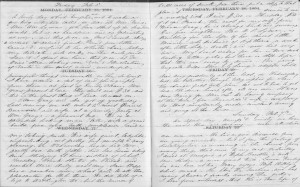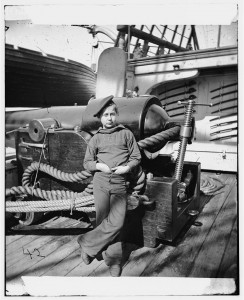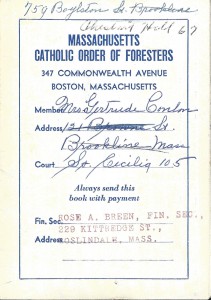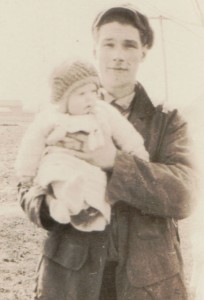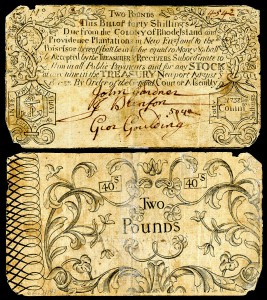
For a school assignment, my daughter had to identify a family member who rose in social and economic class through means of employment and education opportunities. I immediately thought of her great-great-grandparents, Louis and Emma. Each had emigrated from Austria to New York, where they met, married, and had ten children, including her great-grandmother, Anna. I knew that the family had lived on the Lower East Side of Manhattan, and that Louis had been a tailor in a factory. But I did not really know much beyond that except that at some point the family had moved out of the tenements, and some of the Anna’s siblings had professional occupations. I suggested that we examine census records to find out more. Continue reading Census records for tracking economic mobility
